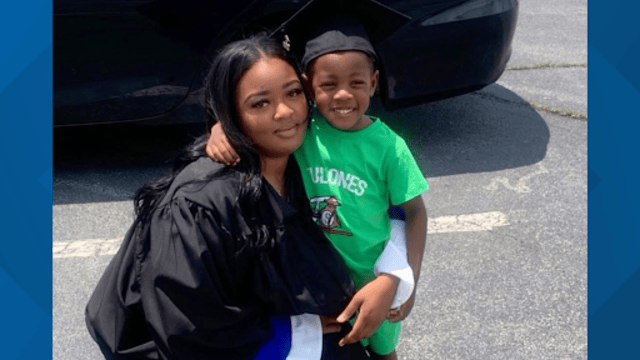
A small giant sequoia tree, grown from seeds that orbited the moon twice during NASA's Artemis I mission. AP Photo
In a lively celebration filled with excitement and wonder, a unique tree was planted at Santiago STEAM Magnet Elementary School in Lake Forest, California. Students dressed in space-themed outfits cheered as the so-called "Moon Tree," grown from seeds that were flown around the Moon, was brought to its new home. This special event marks a connection between space exploration and environmental education.
The Moon Tree, a giant sequoia seedling, was one of the seedlings that flew aboard NASA’s Artemis I mission in 2022. The seeds had been sent into space to circle the Moon before being returned to Earth to be planted. Santiago STEAM Magnet, a school that focuses on science, technology, engineering, arts, and math, was one of the lucky institutions chosen to receive this tree, which will stand as a living testament to the wonders of both space exploration and conservation.
Sixth-grader Emily Aguesse, one of the students who participated in the ceremony, shared her enthusiasm about the project. "I’ve always wanted to go to space, but this makes me even more excited about it," she said.
This is not the first time NASA has flown tree seeds into space. The tradition started with the Apollo 14 mission in 1971 when astronaut Stuart Roosa, a former smokejumper for the U.S. Forest Service, carried seeds that were later grown into what became known as the first generation of Moon Trees. These trees were planted at national monuments and various other locations across the United States. Now, NASA has revived the tradition, with the seeds from Artemis I being distributed to schools and museums to inspire the next generation of explorers and promote the importance of conservation.
Paul Propster, who is part of NASA’s Jet Propulsion Laboratory, explained that the goal of this project is to inspire curiosity and foster a connection between space exploration and education. “It’s just kind of cool and fun to connect the next generation of explorers,” Propster said. He added that scientists are still studying the effects space travel might have on the growth of plants, though it’s unclear if space exposure impacts the development of the trees.
The Artemis I mission carried nearly 2,000 seeds from five different species of trees into space, including sycamores, Douglas firs, loblolly pines, sweetgums, and giant sequoias. After the seeds returned to Earth, they were grown into seedlings, which were distributed to the public through an application process. Santiago’s tree now resides in a space-themed garden at the school, surrounded by painted stones crafted by students. Volunteers from the school’s parent-teacher association will help care for the tree as it grows over the years.
Liz Gibson, who chaired the Moon Tree ceremony, remarked that the tree will grow alongside the students for generations to come. "This tree will grow with the kids," she said, envisioning a future where the Moon Tree becomes a lasting symbol of the school's commitment to learning and discovery.















